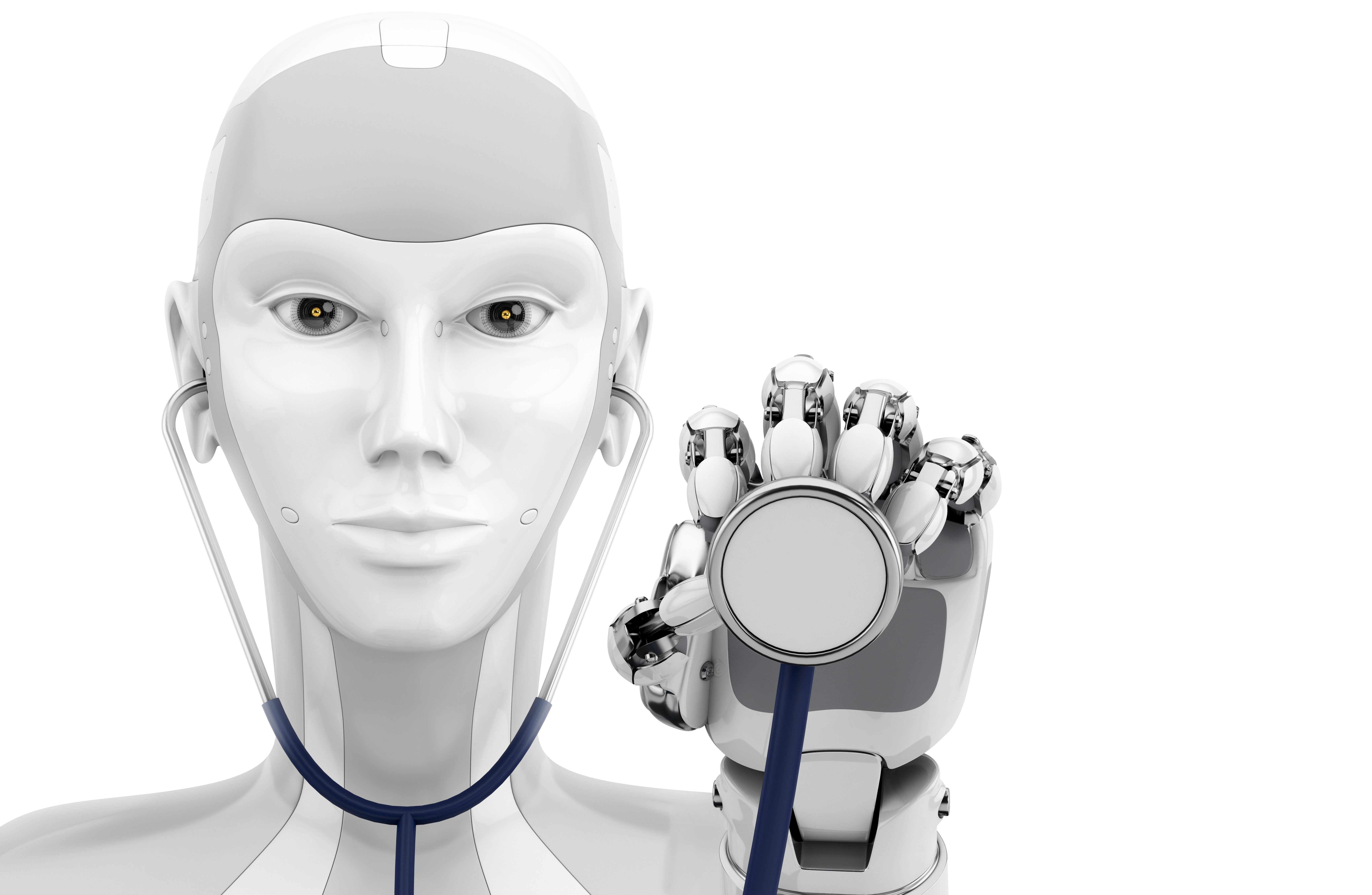
There’s been no shortage of surveys attesting to the widespread desire on the part of hospital executives and other healthcare leaders to introduce more AI into their operations. But equally widespread, it often seems, is uncertainty as to how best to move forward.
With that problem in mind, the American Hospital Association (AHA) has released an AI guide that it hopes will help member executives and others get more proactive in implementing and realizing the benefits of new AI.
At a time when there’s a fair amount of hype surrounding AI, including some random mixing of terminology, the guide begins appropriately with some basic definition of terms, in part to help stakeholders understand what vendors are trying to sell them. Specifically:
- “Artificial intelligence (AI) is technology that mimics the human thought process.
- Machine learning (ML) is a type of AI that learns and improves as it processes more data.
- Robotic process automation (RPA) is the use of software to handle high- volume, repeatable tasks that previously required humans to perform.”
From there, the guide identifies four areas where hospitals can plug in AI and realize significant benefits: administration, finance, operations and clinical decisions.
What AI brings to administration, the guide says, is the unique capacity to take over tasks that are, among other things, manual, repetitive and transactional. “In a recent survey by OptumIQ,” it noted, “43% of health care executives surveyed ranked automating business processes like administrative tasks or customer service as their first choice for investment in AI technology.”
Particular use cases the guide describes include appointment scheduling, customer service responses and discharge instructions.
Billing and collection top the list of financial tasks the AHA report identifies, along with insurance eligibility verification and the details of revenue cycle management. “See in real time what’s coming in from each patient by type of health plan, improve the accuracy of financial projections and speed up monthly closes,” it suggests concerning RCM.
When it comes to operations, the guide begins with the obvious observation that hospitals and health systems tend to be “large, complex operations with a nearly infinite number of moving parts.” Keeping those moving parts in working order and working together is a massive challenge, but AI can help with specifics such as facilities, inventory and supply chain management.
Finally, there’s what tends to get the most attention when the topic of AI comes up: clinical use cases. On this front, the uses range from helping with the logistics of helping patients navigate necessary services to the more efficiency-oriented predictive and prescriptive analytics to opportunity “to glean clinical insights from multiple sources including scanning, natural language processing and voice recognition technology to mine written and verbal patient information.”


